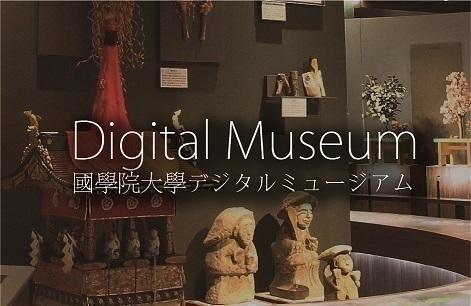- トップ
- Encyclopedia of Shinto
- Mandara
Encyclopedia of Shinto
| Main Menu: | |
| Links: |
詳細表示 (Complete Article)
| カテゴリー1: | 4. Jinja (Shrines) |
|---|---|
| カテゴリー2: | Objects of Worship and Shrine Treasures |
| Title | Mandara |
| Text | Transliteration of the Sanskrit mandala, objects originally of Buddhist origin created to express fundamental doctrines or ideas. Mandala in the form of pictures were used at Buddhist ritual sites, particularly as decorative depictions of the beatific scenes of Paradise. Based on the significance of the Buddhist mandala, iconographic scroll paintings (zuzō mandara) began to appear in temple rituals from the late Heian period as part of rites to invoke (kanjō) the protection of kami, and this use gradually spread from the Kamakura period on. Types of mandala differed depending upon their purpose and use, but they can be broadly divided into the aforementioned iconographic mandala, and miya mandara (shrine mandala), which were created for the benefit of pilgrims and confraternities as means of elucidating the sacred histories and spiritual powers of the various shrines. Iconographic mandala include honji-butsu mandara, which depict kami in the guise of their "original-essence Buddha" (honjibutsu); suijaku mandara, which portray the image of the kami while omitting the honjibutsu; and the honjaku mandara, which depict both honjibutsu and kami together (see honji suijaku). In contrast, miya mandara included both those which placed emphasis on the portrayal of shrine buildings and precincts, and were used as foci of worship; and so-called sankei mandara (pilgrimage mandala), which depicted various sights found at shrines together with their rituals, history, miracles, and lively scenes of pilgrims (sankeisha), and which were used by itinerant religious "picture tellers" (etoki) in order to educate people. — Okada Yoshiyuki |




